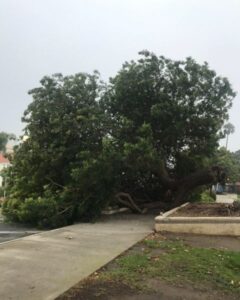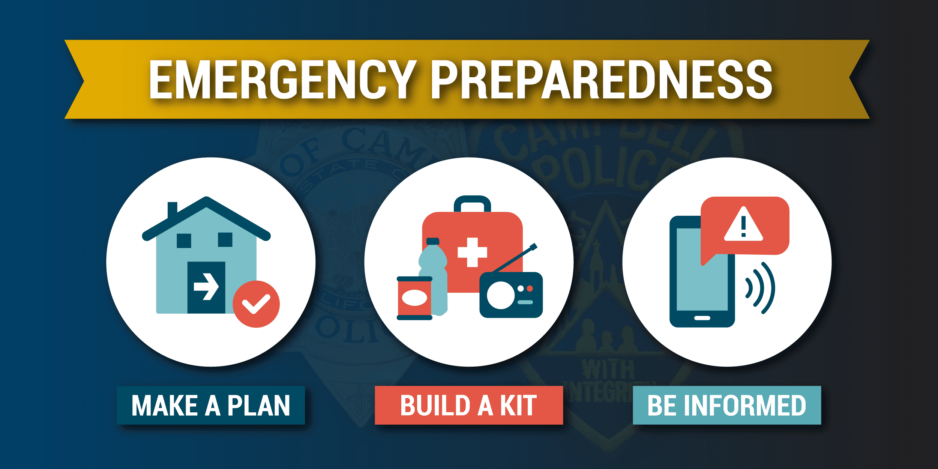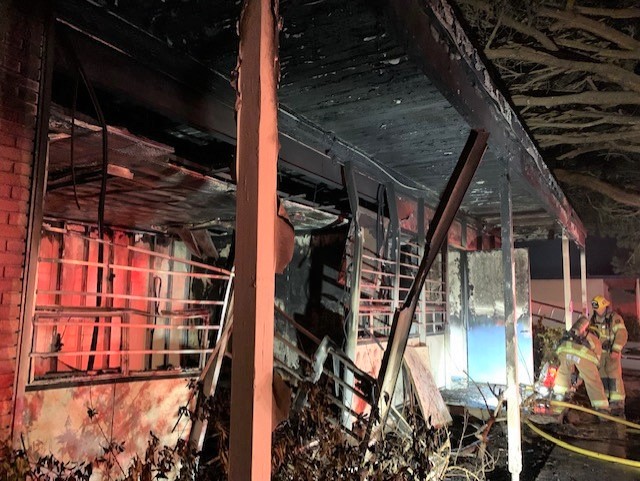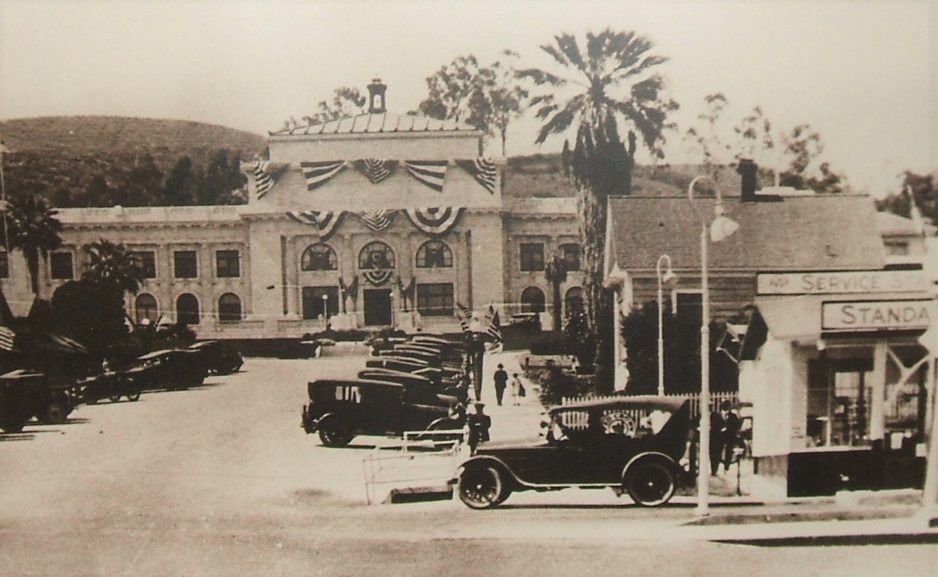Has it been this long since City Hall was open?
The City of Ventura has opened City Hall and other facilities to the public on Monday, July 12, 2021. The reopening aligns with the State of California’s move to Beyond the Blueprint for a Safer Economy and the full reopening of business sectors.
“We are thrilled to reopen city facilities and welcome the community back after more than a year of being closed for in-person service,” said Ventura Mayor Sofia Rubalcava. “Ventura, thank you for your sacrifices, commitment, and resilient spirit throughout it all. It is because of our community’s collective efforts that we are where we are today.”
Cleanings and improvements at all city facilities have been made to ensure the health and well-being of residents, businesses, visitors, and City staff when using public counters. Patrons and vendors visiting City facilities and City Hall will be required to wear masks when indoors, and physical distancing shall be practiced.
“During the last year, the important and impactful work of the City continued as we pivoted quickly to work remotely and provide virtual services,” stated Ventura City Manager Alex D. McIntyre. “Bringing the public back is a significant step forward as we look to recover from the pandemic. We are reopening City facilities for business and looking forward to serving the community in-person again.”
City Facility Reopening
City Hall and City facilities will reopen for normal business hours. Hours of operation vary at each location. For more details, visit www.cityofventura.ca.gov.
City Council, Boards, and Commission Meetings
Public meetings will continue to be hosted virtually as well as be open for limited in-person participation with social distancing and masking required. The first modified in-person City Council meeting will be hosted on July 19, 2021.
To participate virtually in public meetings, visit www.cityofventura.ca.gov/AgendaCenter.
Virtual City Services
As the City reopens, Ventura’s services will continue to be available online, ensuring residents and businesses have more options to take care of important matters and connect with City staff.
Electronic applications for City permits and development projects must be submitted online. Residents, developers, and business owners can visit www.cityofventura.ca.gov/PermitServices to submit applications.
Parks & Recreation
Parks, beaches, golf courses, tennis and pickleball courts, the Ventura Aquatics Center, and public restrooms are open.
The Ventura Avenue Adult Center as well as other community centers and recreational buildings are open to pre-registered participants participating in scheduled activities, camps, and programs, which are available by advance registration only.
To learn more, visit www.cityofventura.ca.gov/ParksRec.
Special Event Permit Applications
Applications for block parties, free speech events, parades, processions, athletic and sporting events, walk-a-thons, and festivals will be accepted digitally.
Before advertising or promoting your event, be sure to receive conditional approval from the City to ensure the date and event location you are requesting is available.
To learn more, visit www.cityofventura.ca.gov/SpecialEventPermits.
The City of Ventura is committed to maintaining the health and safety of the public and will be closely following Cal/OSHA’s COVID-19 Prevention Emergency Temporary Standards (ETS).
Even with California relaxing distancing and masking requirements, the risk of community spread still remains high, and the COVID-19 vaccination remains critical to slowing community transmission. To find a vaccine near you, visit www.venturacountyrecovers.org.




